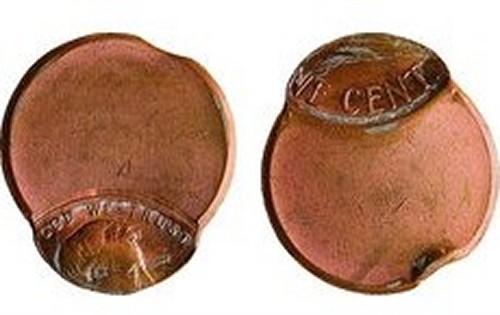Machine
parts above collar can impede expanding coins
By Mike Diamond | May 21, 2011
10:00 a.m.
Article
first published in 2011-05-30, Expert Advice section of Coin World

|
An Images by Mike Diamond. |
|
As When On The A Sideneck Strike-related In The The This The Coin |
|
http://www.coinworld.com/articles/machine-parts-above-collar-can-impede-expandi/
Copyright |